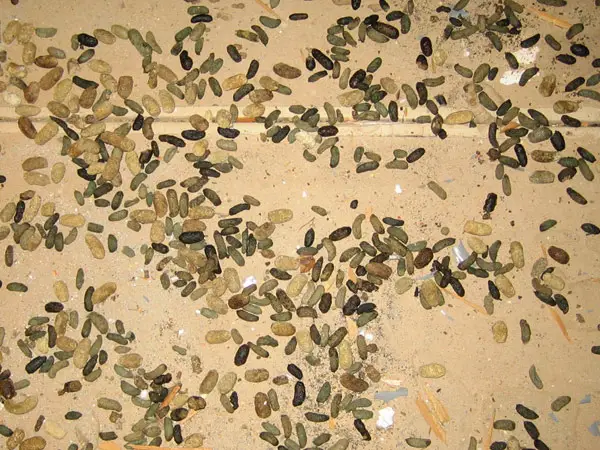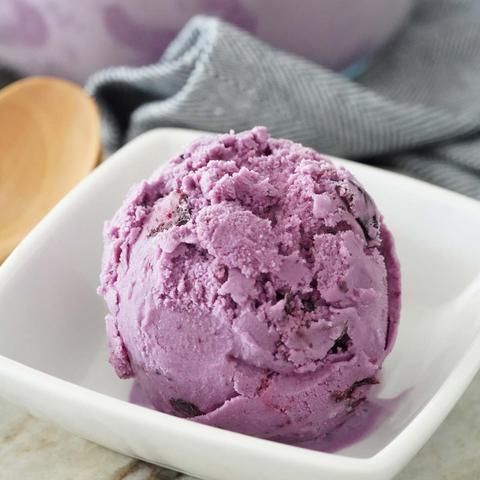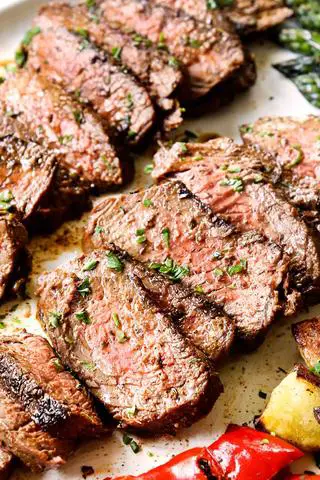
Squirrel droppings are small, dark brown or black, and cylindrical with rounded ends. They resemble grains of rice.
Squirrel droppings can indicate an infestation. Identifying these droppings helps in taking necessary steps for pest control. Squirrel feces are often mistaken for rat or mouse droppings due to their size and shape. It’s crucial to know the difference to address the problem accurately.
Squirrel droppings can carry diseases, posing health risks. Proper identification aids in maintaining a safe and clean environment. Regular inspection can prevent larger infestations. If you find squirrel droppings, consider professional pest control services. This ensures effective and safe removal of squirrels from your property.

Credit: www.crittercontrol.com
Introduction To Squirrel Droppings
Identifying animal droppings can be crucial for pest control. Squirrel droppings are often mistaken for other rodent feces. Understanding their characteristics helps in taking the right action.
Importance Of Identification
Why identify squirrel droppings? It helps in determining the presence of squirrels in your home. Accurate identification can prevent health hazards and property damage. Here are some key reasons:
- Health Risks: Squirrel droppings can carry diseases.
- Damage Prevention: Squirrels gnaw on wood, wires, and insulation.
- Effective Pest Control: Knowing the pest helps in choosing the right method.
Common Misconceptions
Many people confuse squirrel droppings with rat or mouse droppings. This can lead to ineffective pest control measures. Here are some common misconceptions:
- Size and Shape: Squirrel droppings are slightly larger and more oval.
- Color: Fresh squirrel droppings are dark brown, turning lighter over time.
- Location: Squirrel droppings are often found in attics or near trees.
| Feature | Squirrel Droppings | Rat Droppings |
|---|---|---|
| Size | 1/4 to 1/2 inch | 1/2 to 3/4 inch |
| Shape | Oval | Spindle-shaped |
| Color | Dark brown to light brown | Black |
By understanding these differences, you can make informed decisions. Proper identification is the first step in effective pest management.
Physical Characteristics
Understanding the physical characteristics of squirrel droppings is important. This helps in identifying the presence of these animals. Squirrel droppings have distinct features that set them apart from other rodent feces. Here, we delve into their size, shape, color, and texture.
Size And Shape
Squirrel droppings are small and cylindrical. They typically measure around 3/8 inch in length. Their ends are rounded, not pointed. This distinguishes them from other rodent droppings.
Color And Texture
The color of squirrel droppings varies. Fresh droppings are dark brown or black. As they age, they turn lighter and may become gray or white. The texture is also telling. Fresh droppings are moist and soft. Older droppings become dry and hard.
Comparison With Other Rodents
Identifying droppings helps determine the type of rodent in your home. Squirrel droppings often get confused with those of rats and mice. Understanding their differences is crucial for accurate identification and management.
Rat Droppings
Rat droppings are larger and thicker than squirrel droppings. They measure about 3/4 inch long and have blunt ends. Their color is usually dark, almost black. You might find them in areas where food is stored or in hidden corners.
| Feature | Squirrel Droppings | Rat Droppings |
|---|---|---|
| Size | 1/4 to 1/2 inch | 3/4 inch |
| Color | Light brown to dark brown | Dark brown to black |
| Shape | Rounded ends | Blunt ends |
Mouse Droppings
Mouse droppings are much smaller and more frequent. They measure about 1/8 to 1/4 inch long. Their shape is similar to a grain of rice, often pointed at the ends. These droppings are usually found near nests or food sources.
| Feature | Squirrel Droppings | Mouse Droppings |
|---|---|---|
| Size | 1/4 to 1/2 inch | 1/8 to 1/4 inch |
| Color | Light brown to dark brown | Dark brown |
| Shape | Rounded ends | Pointed ends |
By comparing these features, you can identify the specific rodent in your home. Knowing the type of rodent helps in choosing the right control methods.

Credit: www.squirrelcontrol.ca
Where To Find Them
Finding squirrel droppings can help you identify a squirrel infestation. Knowing where to find them is crucial. Squirrel droppings look like small, dark pellets. They are about the size of a grain of rice. Below, we explore the common locations to spot these droppings.
Indoor Locations
Indoors, squirrels often hide in attics and basements. They seek warmth and shelter. Check these areas:
- Attics: Look near insulation and beams.
- Basements: Check corners and storage areas.
- Garages: Droppings may be near stored items.
- Crawl Spaces: Squirrels often nest here.
Use a flashlight to inspect dark spots. Squirrel droppings may be mixed with nesting materials.
Outdoor Locations
Outdoors, squirrels are active in trees and gardens. They leave droppings in several places:
- Tree Branches: Check under trees for droppings.
- Flower Beds: Squirrels dig and leave pellets here.
- Roof Gutters: Look for droppings in gutters and on rooftops.
- Bird Feeders: Squirrels may visit and leave droppings.
Inspect these areas regularly. Cleaning up promptly prevents health risks.
Health Risks
Understanding the health risks associated with squirrel droppings is crucial. These tiny pellets can harbor dangerous pathogens. Awareness can protect you and your family.
Diseases Carried
Squirrel droppings can carry harmful diseases. Here are some:
- Leptospirosis: This bacterial infection can cause severe health issues.
- Salmonella: Found in droppings, it leads to food poisoning.
- Lyme Disease: Carried by ticks that feed on squirrels.
- Hantavirus: Rare but can be fatal if contracted.
Safety Precautions
Follow these safety steps to handle squirrel droppings safely:
- Wear Gloves: Always use gloves when cleaning droppings.
- Use a Mask: Prevent inhaling dust and particles.
- Disinfect Area: Clean surfaces with a strong disinfectant.
- Dispose Properly: Seal droppings in a plastic bag before disposal.
Prevent health risks by maintaining cleanliness and taking precautions. Stay safe from the dangers hidden in squirrel droppings.
Cleaning And Disposal
Knowing how to clean and dispose of squirrel droppings is crucial. These droppings can carry diseases. Proper cleaning ensures a safe living environment.
Protective Gear
Always wear protective gear when cleaning squirrel droppings. This includes:
- Gloves
- Face masks
- Eye protection
Gloves protect your hands from germs. Face masks prevent inhaling harmful particles. Eye protection keeps your eyes safe from dust and debris.
Proper Techniques
Follow these steps to clean and dispose of squirrel droppings properly:
- Spray the droppings with a disinfectant.
- Let the disinfectant sit for 5 minutes.
- Use paper towels to pick up the droppings.
- Place the droppings in a sealed plastic bag.
- Dispose of the bag in a trash bin outside.
- Disinfect the area again to ensure cleanliness.
Always clean the area thoroughly. This prevents the spread of germs.
Disinfectants are crucial for killing harmful bacteria. Use them generously.
Prevention Tips
Preventing squirrel droppings in your yard and home is vital. By following simple steps, you can keep these pests away. Here are some effective tips to help you.
Home Maintenance
Regular home maintenance is essential to deter squirrels. Inspect your home for any entry points. Seal any gaps or holes in the walls and roof. This keeps squirrels from entering your house.
- Install chimney caps to prevent squirrels from nesting inside.
- Check attic vents and cover them with sturdy mesh.
- Trim tree branches that touch or are near your house.
- Repair damaged screens on windows and doors.
Yard Management
Yard management is another key factor in preventing squirrel droppings. A well-maintained yard makes it less attractive to squirrels. Here are some tips to manage your yard effectively.
- Store trash cans with tight-fitting lids to avoid attracting squirrels.
- Remove bird feeders or use squirrel-proof feeders.
- Clean up fallen fruits and nuts from trees regularly.
- Keep firewood stacked away from your home.
By maintaining your home and yard, you can reduce the risk of squirrel droppings. These simple steps help keep your space clean and safe.

Credit: www.youtube.com
When To Call A Professional
Identifying squirrel droppings in your home can be alarming. These small pests can cause significant damage. Knowing when to call a professional is crucial. Below are key signs and tips on selecting the right pest control service.
Signs Of Infestation
Watch out for these signs of a squirrel infestation:
- Droppings: Squirrel droppings are small, dark, and cylindrical.
- Gnaw Marks: Look for bite marks on furniture or wires.
- Nests: Squirrels build nests in attics using leaves and twigs.
- Noise: Hear scratching or scurrying in walls or ceilings.
- Footprints: Look for small tracks with four toes in the front and five in the back.
Choosing Pest Control Services
Follow these tips to choose the best pest control service:
- Research: Look for companies with good reviews and ratings.
- Experience: Check if they have experience dealing with squirrels.
- Licensing: Ensure the company is licensed and insured.
- Methods: Ask about their removal and prevention methods.
- Costs: Request a detailed quote before hiring.
Choosing the right pest control service ensures safe and effective squirrel removal. Protect your home and family from potential hazards.
Frequently Asked Questions
What Color Are Squirrel Droppings?
Squirrel droppings are typically dark brown or black. They may appear shiny when fresh. As they dry, they become lighter and more crumbly. This color change can help identify the age of the droppings.
How Do Squirrel Droppings Smell?
Squirrel droppings have a musty, pungent odor. The smell can become more intense as the droppings age and decompose. This odor can help differentiate them from other rodent droppings.
Are Squirrel Droppings Dangerous?
Yes, squirrel droppings can carry diseases and parasites. They can transmit leptospirosis, salmonella, and other harmful bacteria. Always use gloves and disinfectant when cleaning them.
How To Identify Squirrel Droppings Vs. Rat Droppings?
Squirrel droppings are cylindrical with rounded ends. Rat droppings are more elongated with pointed ends. Squirrel droppings are usually slightly larger than rat droppings. This difference helps in proper identification.
Conclusion
Identifying squirrel droppings helps in managing and preventing infestations. They are small, dark, and cylindrical in shape. Regularly inspect your surroundings to spot these signs early. Understanding what squirrel droppings look like aids in maintaining a clean, pest-free environment. Stay vigilant and take action promptly to ensure your space remains safe.
Learn More About Grilling
If you want to learn more about grilling, check out these other helpful resources!






